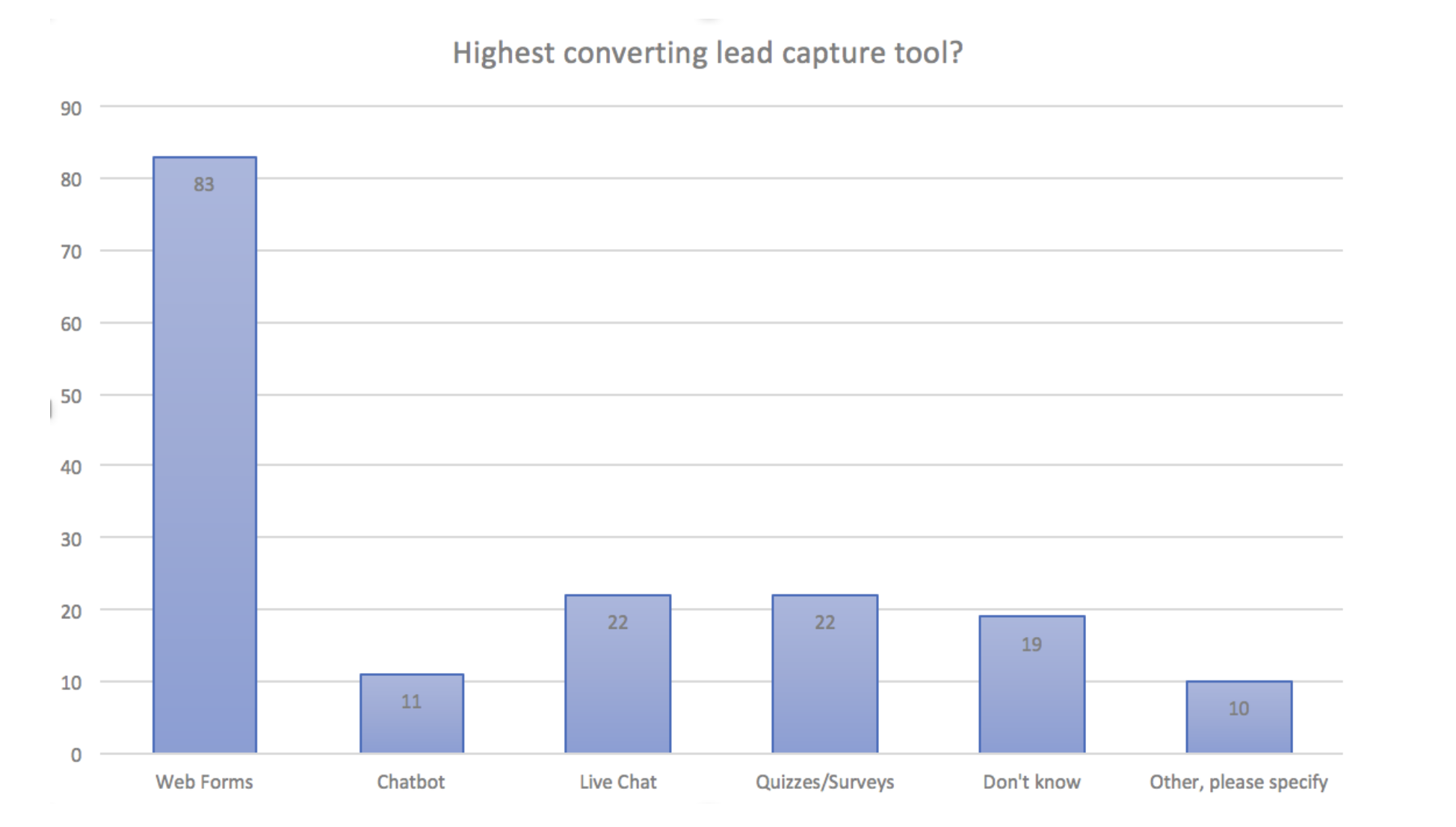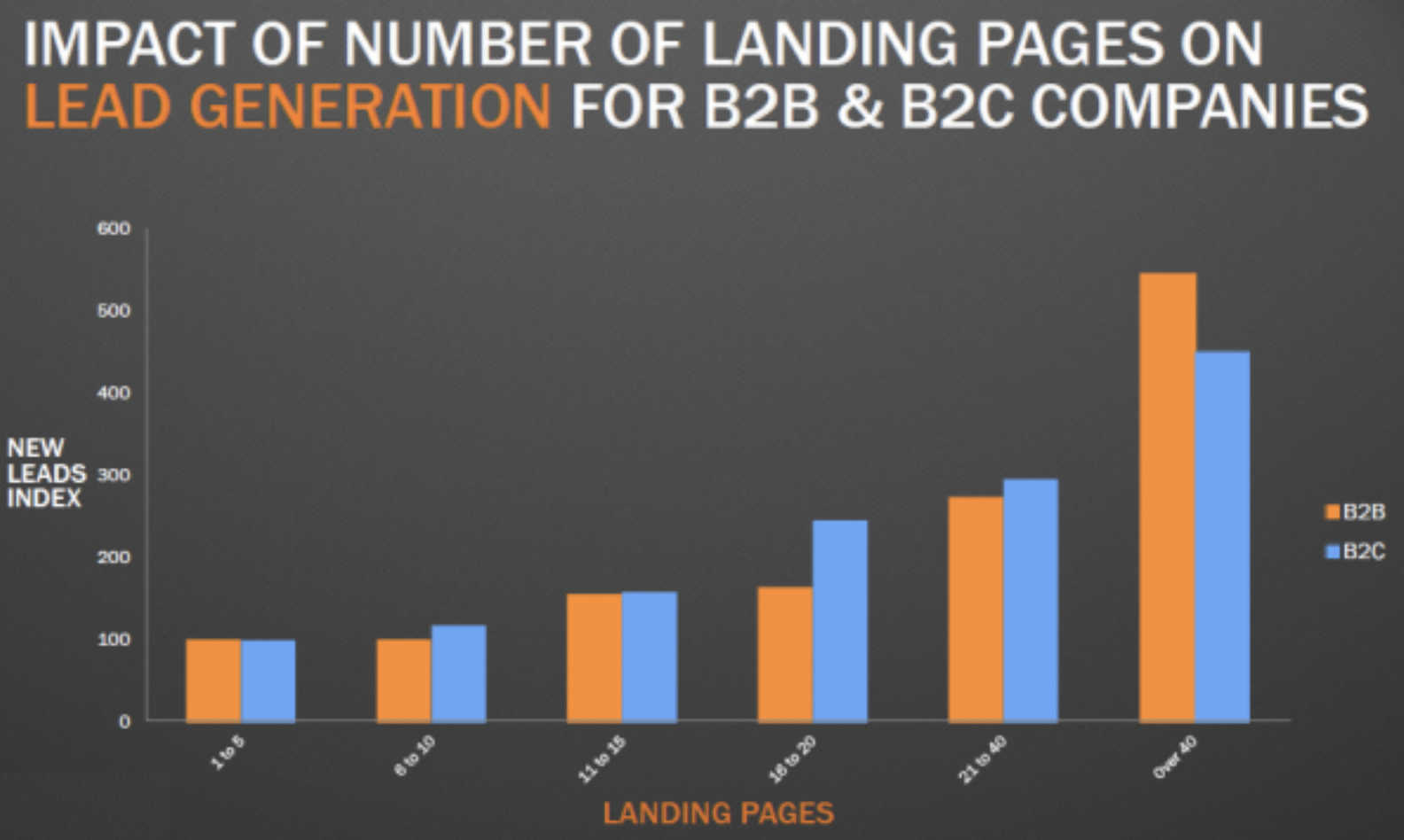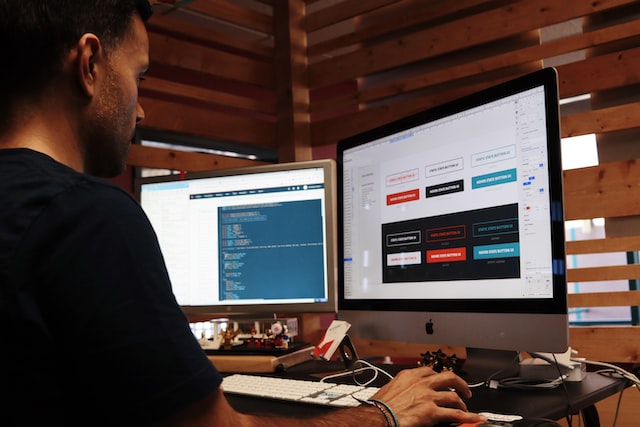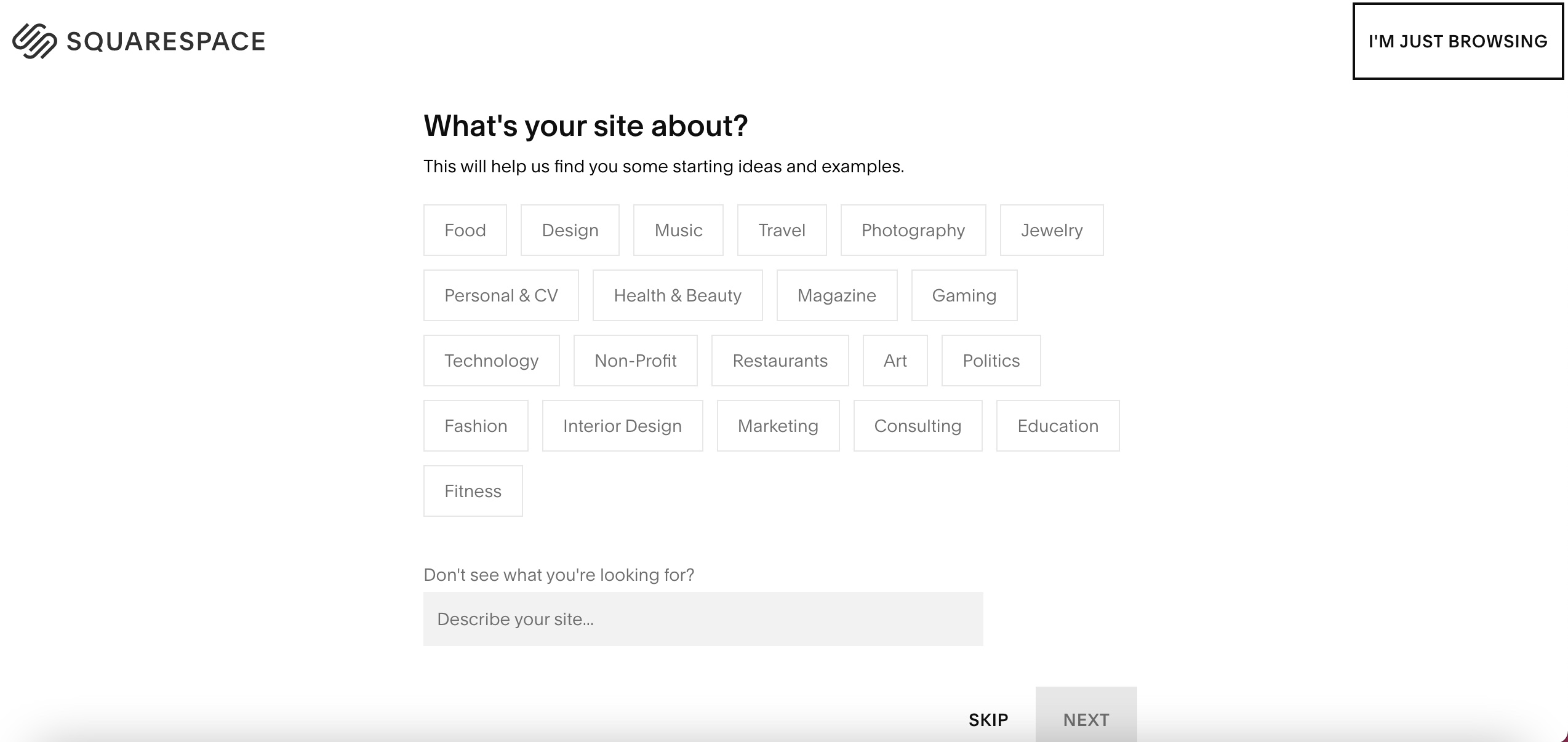Upleveling A/B Testing with AI for Conversion Optimization
With artificial intelligence (AI) generated content sending traditional SEO into a tailspin, converting traffic that does make it to the website is more important than ever to marketers.
The challenge in our digital age is that traditional A/B testing methods are slow, resource-intensive, and miss hidden opportunities. Click To TweetSince the early days of digital marketing, one common way to improve on-page conversions has been A/B testing. The challenge in our digital age is that traditional A/B testing methods are slow, resource-intensive, and miss hidden opportunities.
Enter A/B testing with AI and machine learning, a game-changer that supercharges optimization efforts. Let’s look at ways to uplevel your A/B testing with AI to optimize conversions.
What is A/B Testing?
A/B testing, also known as split testing or bucket testing, is a randomized experiment that compares two versions of content to determine which one performs better. As this graphic shows, A/B testing is an effective tool to increase website and landing page performance.
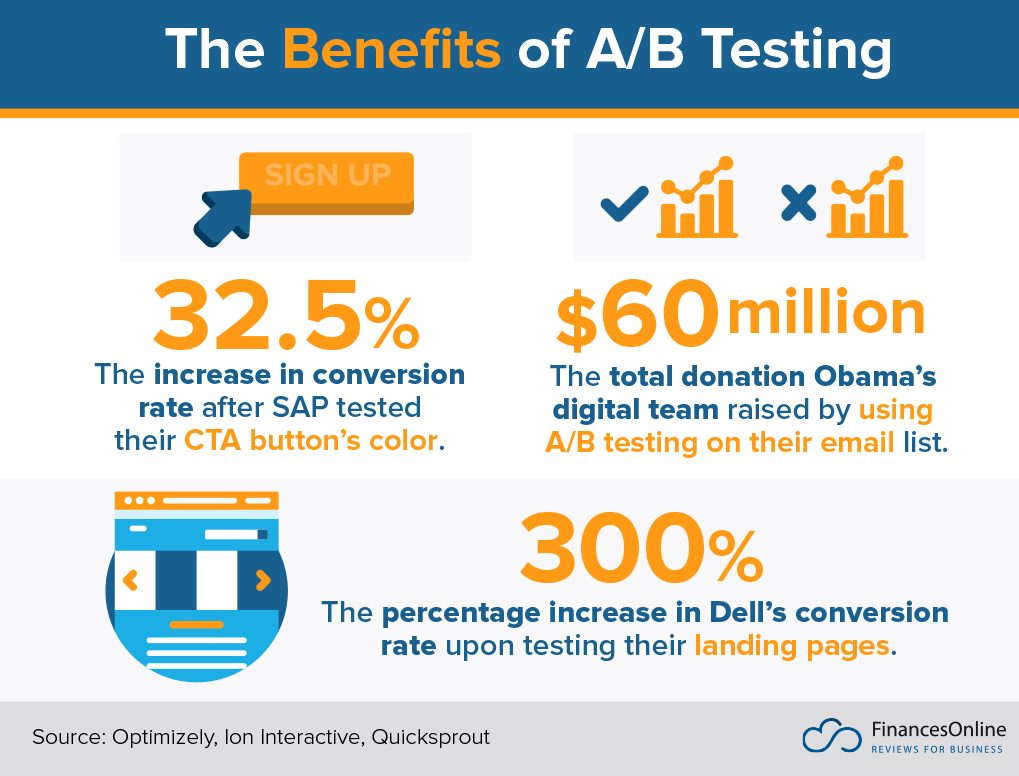
The testing process involves randomly showing users two or more page variants and then using statistical analysis to determine which version performs better.
Marketers can use the results to measure user behavior and make decisions based on statistics.
Marketers use these tests to optimize marketing campaigns, improve UI/UX, and increase conversions. For example, a marketer can test adding a payment method to an e-commerce store to see if it increases or decreases average revenue per user. Other assets testers can analyze include landing pages, display ads, buttons, and headlines.
Limitations of A/B Testing
Resources are the main limiting factors in traditional AB testing results. Anyone experienced with conventional testing knows that complexity quickly reaches an upper limit if testing relies on manual entries and calculations. Here are some examples:
Time and resource intensive. Setting up, running, and analyzing A/B tests can be time-consuming and require technical expertise. This limiting factor can be a hurdle for smaller companies or teams with limited resources.
Limited scope. Traditional A/B tests only offer insights into the variables you specifically test. They might miss broader behavior patterns or complex interactions between elements.
Difficulty achieving statistical significance. For low-traffic websites or tests of subtle changes, reaching statistical significance (where you can be confident the results are accurate and not due to chance) can be challenging, leaving you unsure of the winner.
Static and short-sighted. Traditional tests assume a stable environment, but visitor behavior and trends can shift over time. Traditional testing often struggles to optimize dynamic elements like product descriptions that constantly change based on user data or inventory. AI brings agility and personalization to this challenge.
Limited understanding of “why.” While this method shows what works, it often doesn’t reveal the underlying reasons why. This can limit your ability to apply learnings to future optimizations.
Not ideal for personalized experiences. Traditional A/B testing struggles to personalize experiences for individual users based on their unique behavior and needs.
AI-led Optimization of A/B testing
AI improves A/B testing in several ways. Machine learning algorithms analyze vast amounts of data, uncovering hidden patterns and predicting prospect behavior with remarkable accuracy.
This capability enables continuous, self-optimizing tests that adapt in real-time, identifying winning elements and delivering the best experience to each user. Gone are the days of static tests; AI unlocks a dynamic, data-driven approach to conversion rate optimization (CRO). Let’s look at some further benefits.
Benefits of A/B Testing With AI
Here are several ways AI changes the game with A/B testing:
Content Creation
No more writer’s block! Generative AI can help craft compelling A/B test variations for website copy, email campaigns, or social media posts. Consider it an intelligent collaborator who understands your brand voice and target audience, suggesting headlines, CTAs, and personalized greetings for different user segments.
Develop & Validate New Insights
Say goodbye to brainstorming in the dark. AI tools can analyze user data and past test results to suggest promising design tweaks, ad copy variations, or landing page layouts. Think of it as having a data-driven muse to spark your creativity and guide your testing roadmap.
Generate More Visuals
Ditch stock photos and generic visuals. AI algorithms can churn out unique, personalized images tailored to your target audience and specific test variables. Imagine dynamically generating product images that match a user’s search history or preferences, boosting engagement and click-through rates.
A/B Testing with AI Analyzing Results:
Go beyond basic conversion metrics. AI algorithms can delve deeper into user actions, uncovering hidden patterns and correlations that traditional analysis might miss. Imagine automatically identifying which user segments respond best to specific elements, allowing you to personalize your website and campaigns for maximum impact.
AI unlocks even deeper optimization through multivariate testing, analyzing the complex interplay of multiple variables simultaneously for truly data-driven decision-making.
By leveraging AI across these areas, A/B testing transforms from a manual, time-consuming process into a powerful engine for continuous optimization and data-driven decision-making.
How Can AI Improve Conversion Rates?
AI has the potential to significantly improve conversions by scaling the number of variables and increasing hyper-personalization.
A/B Testing on Steroids
AI can automate and optimize A/B testing, making it faster, more efficient, and more insightful. Among the benefits are:
Testing hundreds of variations. AI can simultaneously test multiple variations of website elements, ad copy, and landing pages, uncovering the optimal combination much faster than traditional methods.
Real-time conversion optimization. AI can analyze results in real-time and automatically adjust tests to optimize performance, ensuring you always show each user the best version.
Deeper insights. AI can analyze on-page actions beyond clicks and conversions, revealing hidden patterns and reasons behind user choices, leading to more informed optimization decisions.
Hyper-Personalization
AI can analyze vast amounts of user data, including demographics, browsing history, and past interactions, to tailor experiences to individual users, including:
Dynamic content. AI can personalize website content, product recommendations, and email campaigns based on individual preferences, increasing engagement and relevance.
Targeted ads. AI can analyze user actions to deliver highly relevant ads with higher click-through rates and conversions.
Personalized offers and discounts. AI can suggest customized discounts or promotions based on a user’s purchase history and interests.
With any new tool, the question is, “How do we get started?” Funnel Envy can help.
Below is a simple 5-step overview to give you a framework.
Implementing AI in the A/B Testing Process: A Five-Step Guide
Implementing an AI-powered A/B testing regime can be broken down into the following steps:
- Define Your Objectives: Set clear goals – what metrics do you want to improve with AI-powered testing? Conversions, engagement, or something else?
- Choose the Right AI Tool: Research your options based on budget, ease of use, and your specific needs (e.g., sample size, image generation, content creation).
- Create Different Variants: Craft variations for your test elements, leveraging AI suggestions for personalization or generating multiple options simultaneously.
- Analyze Your Results: Utilize the AI tool’s advanced analytics to uncover hidden patterns, go beyond basic conversion data, and understand on-page actions.
- Apply Your Learnings: Adapt your website, personalize experiences, and inform future campaigns based on the insights and winning variations identified by AI.
Moving Ahead with A/B Testing with AI
Have you started implementing AI into your A/B testing, or are you planning to do so soon? It can feel complex and a bit intimidating to start on your own. At Funnel Envy, we have the experience and resources to help you set up and analyze your campaigns. Reach out today to learn more!


